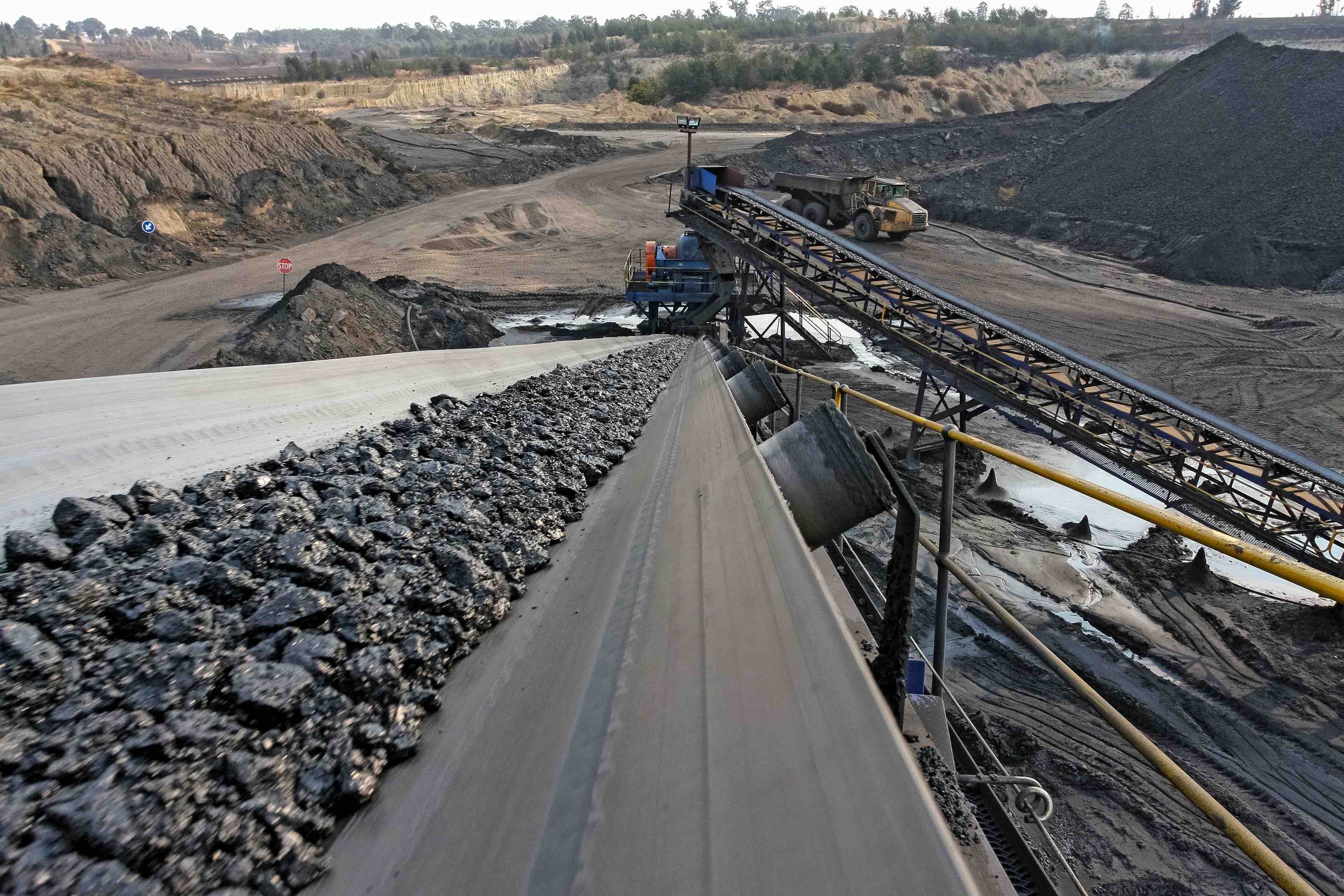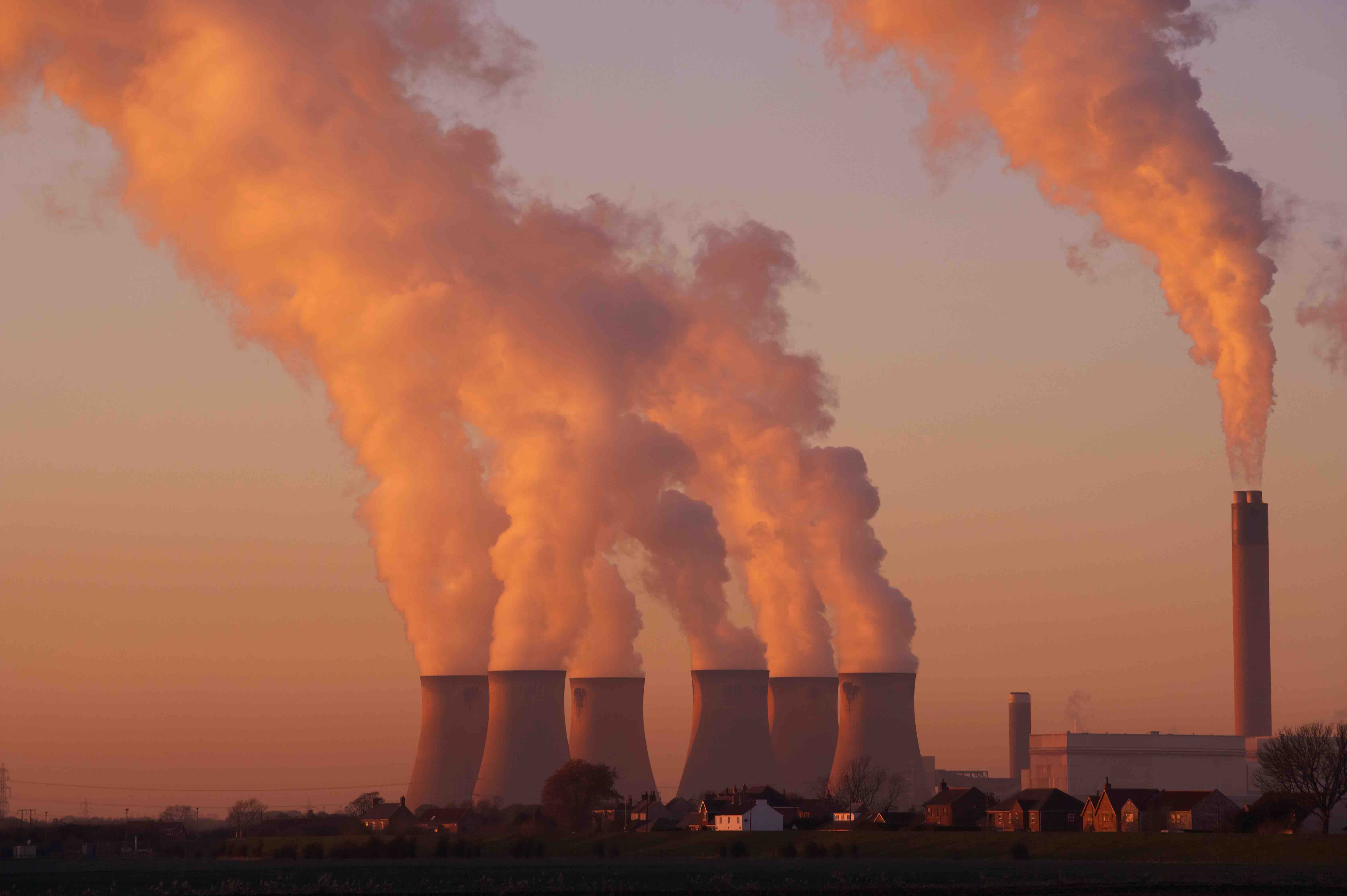
As far as energy resources go, few are as controversial, yet fundamentally important as coal. Though often vilified in today’s era of increasing climate consciousness, coal has been a critical part of human history and development. This fossil fuel has powered industries, and heated homes, and had a significant impact on societies across the world. Here are 18 fun facts about coal that may change your perspective on this powerful resource.
Coal is Millions of Years Old
Coal takes millions of years to form. It’s a fossil fuel created from the remains of plants that lived and died hundreds of millions of years ago. The heat and pressure of the Earth’s crust then worked on these remains, transforming them into the rich, carbon-heavy substance we now know as coal.
Four Main Types of Coal
There are four main types of coal: anthracite, bituminous, sub-bituminous, and lignite. These types are based on the amounts and types of carbon they contain and on their energy content. Anthracite is the hardest and has the highest energy content, while lignite has the lowest.
It is Found All Over the World
Coal reserves are available in almost every country worldwide. The biggest coal reserves are in the United States, Russia, India, Australia, and China.
Coal Mining: Then and Now
Early methods of coal mining involved miners digging the coal out from the earth manually. In modern times, we use sophisticated machinery and techniques for large-scale coal extraction.

Largest Coal Producer
As of my knowledge cutoff in September 2021, China is the largest producer of coal in the world. It produces nearly half of the world’s coal.
Coal Played a Crucial Role in the Industrial Revolution
The Industrial Revolution wouldn’t have been possible without coal. This fossil fuel was used to power the steam engines that drove industrial machinery, trains, and ships during the 18th and 19th centuries.
It Helps Generate Electricity
Coal-fired power plants generate a significant portion of the world’s electricity. They work by burning coal to heat water and produce steam, which then turns turbines connected to generators.
Coal and Steel Production
Coal is vital in the production of steel. Metallurgical coal or coking coal is a vital ingredient in the steel-making process.
The Risk of Coal Mining
Coal mining, especially underground mining, can be a dangerous profession. Risks include mine collapse, explosions, and health risks from exposure to dust and gases.
Coal’s Environmental Impact
While coal has been instrumental in powering our societies, it comes with a considerable environmental cost. Burning coal releases harmful substances including sulfur dioxide, nitrogen oxides, and mercury. It’s also the largest source of carbon dioxide emissions, contributing significantly to global warming.

Coal Ash
When coal is burned, it leaves behind a residual product known as coal ash. This material can contain toxic elements like arsenic, lead, and mercury, and managing its disposal is an environmental challenge.
The Longevity of Coal Reserves
Given the current rate of consumption and known reserves, it’s estimated that we have enough coal to last us for another 150 years or so. However, with the global push for renewable energy sources, the use of coal is likely to decrease.
Clean Coal Technologies
Clean coal technologies are being developed to mitigate some of the environmental impacts of burning coal. These include methods to reduce pollutant emissions and Carbon Capture, Utilization, and Storage (CCUS) technologies.
The Role of Coal in Cultural Traditions
In some cultures, coal has a role in traditional customs. For example, in the Christmas tradition, a lump of coal in a stocking represents a child being naughty rather than nice.
The Origin of the Term “Coal Miner’s Canary”
The phrase “coal miner’s canary” originated from the practice of coal miners bringing a canary into the mines. Canaries are more sensitive to dangerous gases than humans, so if the bird became sick or died, the miners knew to evacuate.
Coal and Diamonds are Closely Related
Believe it or not, coal and diamonds share a common ingredient: carbon. The immense heat and pressure in the Earth’s mantle can transform carbon into diamonds. However, most diamonds we find today are not from coal but from deeply buried carbon-rich rocks.
Coal in the Art World
Coal was traditionally used as a medium in art. ‘Coalbrookdale by Night’, painted in 1801 by Philip James de Loutherbourg, is one of the most famous coal-related artworks.
The Future of Coal
While coal has played a vital role in our history, its role in the future is uncertain. As countries seek to reduce their carbon emissions and move towards cleaner, renewable energy sources, the reign of coal may be coming to an end.

Final Word
Coal is an intriguing substance, steeped in history and controversy. As we navigate the path toward a sustainable future, understanding this resource is vital. We hope these 18 fun facts about coal have provided a unique glimpse into the world of this fossil fuel.
Was this page helpful?
Our commitment to delivering trustworthy and engaging content is at the heart of what we do. Each fact on our site is contributed by real users like you, bringing a wealth of diverse insights and information. To ensure the highest standards of accuracy and reliability, our dedicated editors meticulously review each submission. This process guarantees that the facts we share are not only fascinating but also credible. Trust in our commitment to quality and authenticity as you explore and learn with us.
